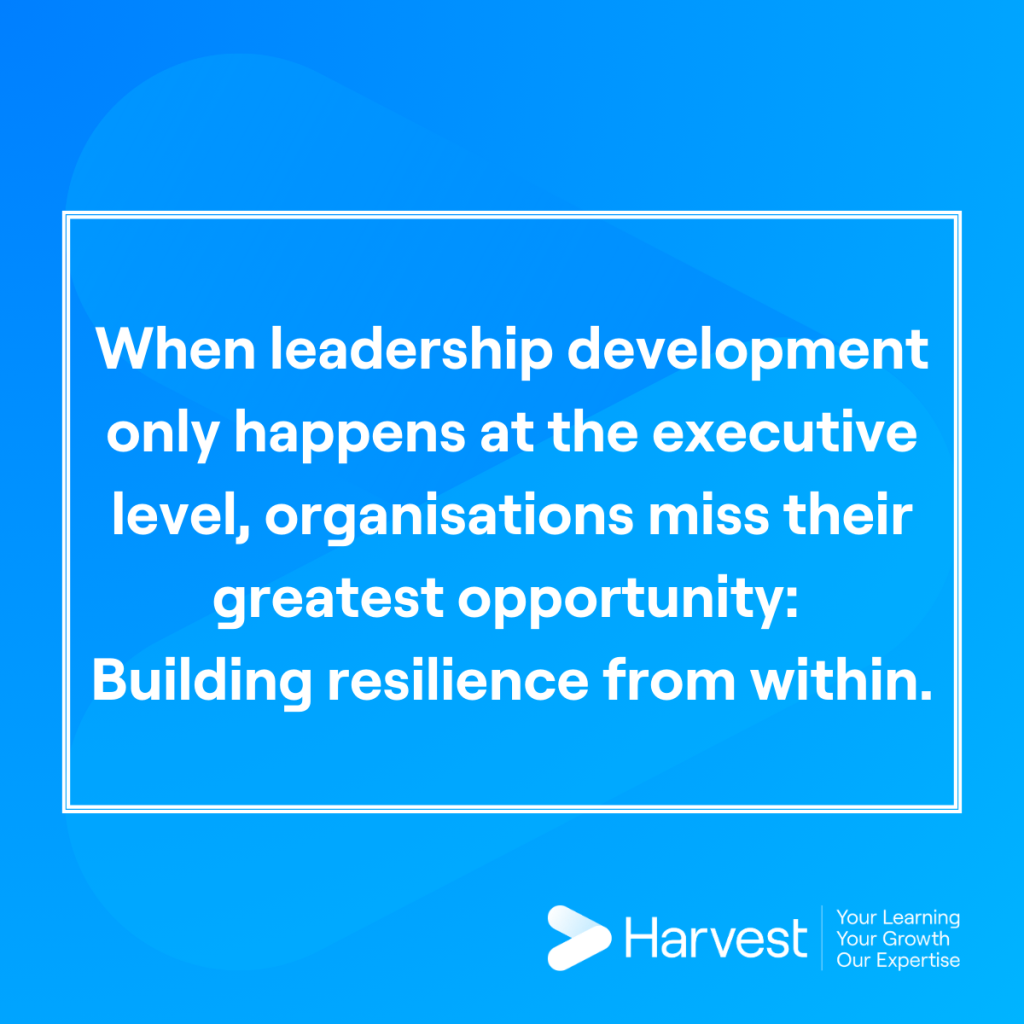Leadership Factories
McKinsey 2024

The structure of 21st-century leadership: Leadership factories
When we ask CEOs and leadership teams about the biggest hurdles keeping them from achieving their aspirations and reaching their full potential, they cite talent and the leadership team on the field. Specifically, they cite an urgent need to build leadership capabilities in their organisations—not only to ensure that they can successfully manage through today’s disruptions but also to fortify themselves against tomorrow’s inevitable shifts in the business landscape.
Some leadership skills can be taught in the classroom, but by and large, the most effective training and transfer of leadership skills happen on the job. They occur in the assessment, selection, and training pathways of new hires and through mentorship and apprenticeship, role modeling and coaching, and other real-world interactions.
In the 1980s, former McKinsey global managing partner Ron Daniel coined the term “leadership factory” to describe just this dynamic—that is, colleagues investing their time in other colleagues, learning in situ, providing regular feedback, and sharing personal and collective insights, with the result of producing great leaders. The factory model that he envisioned some four decades ago is still successfully in place at McKinsey, which was ranked first in the list of best companies for future leaders in 2024. And its practices have evolved through organisations such as GE, IBM, and P&G, all of which have created their own leadership incubators.
In our work with global leaders and teams, we’ve observed several new additions to the factory model blueprint—guidance that leaders can use in their own leadership factories and leadership development curricula:
Empower leaders to build their own personalized, self-driven learning journeys. Organisations should provide modules on a range of leadership topics, including leading self, leading teams, leading organisations, and using technology to do all three. Ongoing, candid feedback from peers and team members will again be critical. It will help raise new leaders’ self-awareness, prompt their journey toward self-correction, and create development and mentoring opportunities across the organisation.
Set leadership attributes. The current leadership team must sharply define the attributes needed in the team and in the organisation. It must help aspiring and high-potential leaders understand what leadership is—and isn’t. Leadership isn’t about consensus; it’s about alignment. It’s not about being popular, but it does require engagement. It’s not about working apart from the team, but it does involve making sometimes-tough solo calls. It requires the temperament to manage these polarities and achieve balance. Leadership can be lonely at times. It requires extra reserves of confidence, grit, and an ability to compartmentalize. In the words of Douglas MacArthur, “The world is in a constant conspiracy against the brave. It’s the age-old struggle: the roar of the crowd on the one side, and the voice of your conscience on the other.”
Don’t wait—get started now. Right off the bat, leaders should assign high-potential managers to the toughest situations, putting them in uncomfortable positions, and providing them with the right mentorship and continuous coaching.
Rethink how to build capabilities at scale. The current leadership team should create personalized immersion sessions for new leaders. The most senior executives should lead these courses rather than having them administered by HR or delivered through self-driven courses. Senior leaders should compare notes with future leaders, get them to open up about their biggest challenges, and jointly determine how to address them. Lessons can come from anywhere in the business ecosystem. A large part of Wendy Kopp’s success with Teach for All, for instance, was her willingness to trust partners around the world. Her organisation established a clear set of unifying leadership principles (such as a commitment to shared purpose, theory of change, values, and vision). Then it established a network of partners and trainings that leaders could use to learn from one another and apply lessons in their own countries and contexts. “There’s such power in fostering grassroots efforts while also helping people gain global exposure,” she says. Other leadership factories should take heed.
Lead self before others. Current leaders should invest time and energy to help new and aspiring leaders manage themselves and operate at their personal best. Feedback is a critical starting point for self-improvement. Retired US Navy Admiral Eric Olson discovered as much when he led the US Special Operations Command, overseeing a group of warriors not known for wearing their emotions on their sleeves. As Olson told the authors of The Journey of Leadership: How CEOs Learn to Lead from the Inside Out (Portfolio/Penguin Random House, September 2024), he went on a nine-month listening tour of the soldiers and found some emotional “fraying around the edges.” The feedback prompted Olson and his team to change some policies, prioritize resources, and create more support (such as from nutritionists, physical therapists, and psychologists). They aimed to improve the cohesion, effectiveness, and morale of Navy SEALs and their families—because health and readiness all start at home.
Original Article – McKinsey – The structure of 21st-century leadership: Leadership factories
Click here for more information regarding Harvest’s Leadership Pathways solution.

